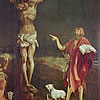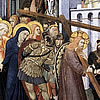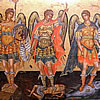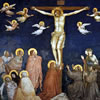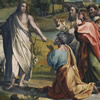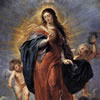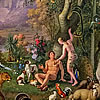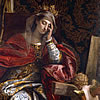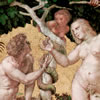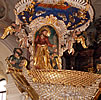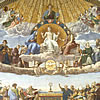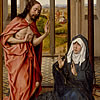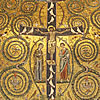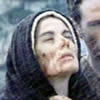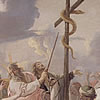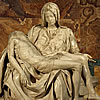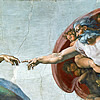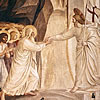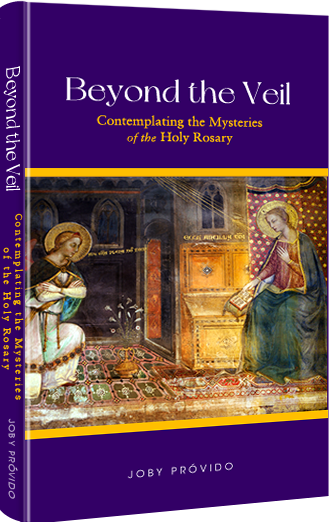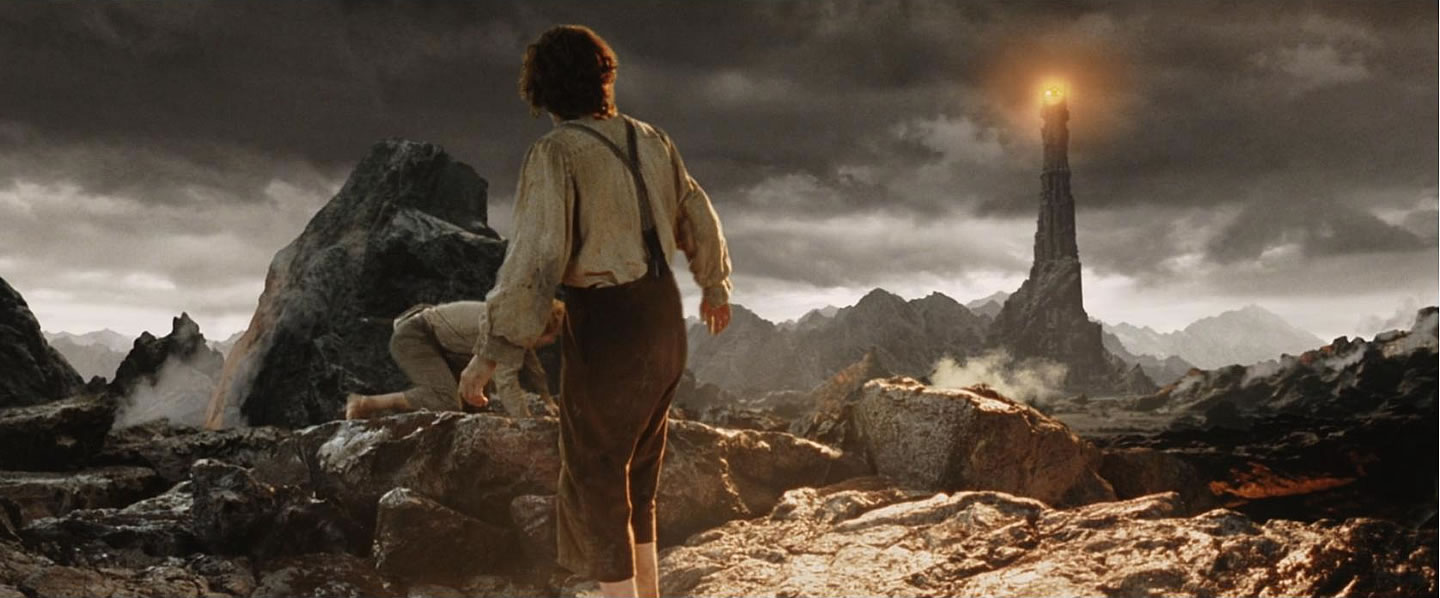

The Lord of the Rings
The Lord of the Rings is one of the more famous adventure tales to ever grace the literary world, but when you get to study its plot, you will see its Catholic message. In fact, after Tolkien wrote it, he said, “The Lord of the Rings is, of course, a fundamentally religious and Catholic work.”
The plot of this epic story is simple: get rid of the ring of power. The problem is that the ring can only be undone in the fires that forged it, which is in Mount Doom in the land of Mordor that is in the enemy’s land.
The background goes like this. The dark lord Sauron forged a ring in the fires of Mount Doom that would control the other rings he had given to the leaders of Middle Earth. While it is a ring of power, it also corrupts the wearer making him or her greedy. A group decides to journey to Mordor to they destroy the ring forever lest it falls into the wrong hands. A little hobbit, by the name of Frodo, sacrifices himself and slips behind enemy lines to successfully throw back the ring in the fiery furnace in the bosom of Mount Doom.
It isn’t difficult to notice the similarity of the Christian story. Satan tempts Adam and Eve to commit the first sin, which corrupts our human nature. For as long as we have the stain of original sin in our nature, we are attracted to sin. It is a“ring" we cannot remove in a poetic sense, and in the next paragraph is the Catholic belief it is based on.
In the original design of mankind, we shared God’s nature through a gift called sanctifying grace. Our actions were“eternal" because we did it with the divine nature that we shared with God. The moment mankind sinned; we lost that gift because we wilfully chose to separate ourselves from the giver of the gift. Since God is an eternal being, we can only make atonement if our actions are eternal, but we could no longer do that because we lost sanctifying grace. So, just like the ring that had to be destroyed in the original place it was created, mankind could only make atonement in his original state – a state of original holiness where his actions are eternal and therefore meritorious to an eternal God.
Enter Jesus, who the tiny Frodo represents. A powerful Messiah was promised and foretold for generations, so the devil must have been on the watch out for this person so he can use his evil machinations to thwart God’s plan. But Christ entered human history as a tiny baby, obscure and unnoticed by the enemy. (Satan does not know who Jesus is and tries to ascertain this by testing him three times in the desert, but leaving him none the wiser.)
Because Christ is man, he can represent all of mankind in his actions the way Adam did. And because he is God, his actions are eternal and can make atonement worthy of an eternal God. This is why it is important Christ is both God and man at the same time.
The way Christ does atonement is by obeying the Father even if it meant dying. If there is one thing the devil brought to humanity through original sin, it is death. So Frodo does battle with the enemy the same way Christ battled death in its own domain. The battle is not through a proud raising of swords, but through humility. Christ, who is God, was humble as to become human and allowed himself to be treated so mercilessly. Frodo was literally small and relatively insignificant to be noticed by Sauron the same way Christ made himself small and insignificant. We see Frodo as a priest who offered himself to do that task, the same way Christ did. But two other characters are Christ figures as well: Gandalf and Aragorn.
Gandalf the Grey can be seen as a prophet who guides the Fellowship. In his battle with the Balrog of Morgoth on the Bridge of Khazad-Dum, he falls deep in the belly of the earth. It is only after coming out of the earth does he become even more brilliant as a resurrected Gandalf the White. This, of course, is a representation of Christ the prophet, who battles with death in the belly of the earth and resurrects with a glorious body.
Finally, we have Aragorn who is the rightful king of Arnor and Gondor. When Isildur, his father died, a steward by the name of Denethor took control of Gondor and would not release it to any heir of Isildur. All this time, Aragorn chose to stay underground as a man named Strider whose humility and self-sacrifice made him beloved to the citizens of Gondor. Denethor is eventually shown for what he really is: a usurper. In the end, Aragorn is eventually crowned king. It is a representation of Christ, who is king, but does not come in glory when he became man. The old king was Adam who was given dominion over earth even to the point of giving names to the animals. The devil took over [1], where sin, error, and death became the norm. But Christ destroyed the devil’s reign and replaced it with his own kingdom, the Church.
What is common to all three characters is that they undergo tremendous trial and suffering, which seems to be the key to their triumph just as suffering and death were the paradoxical keys to Christ’s victory over sin and death. This, of course, is the lesson of the Lord of the Rings - that struggle is required, not by might, but through humility; not by power, but through service. That is what every Catholic believes we must do too if we are to follow Christ.
[1] We know the devil took control over the earth because in Matthew 4:1-11, the devil tempted Jesus by dangling the kingdoms of the world as a prize of Jesus would worship him. He could not have offered these if they were not under his control.
Catholicism in The Lord of the Rings by Joseph Pearse



